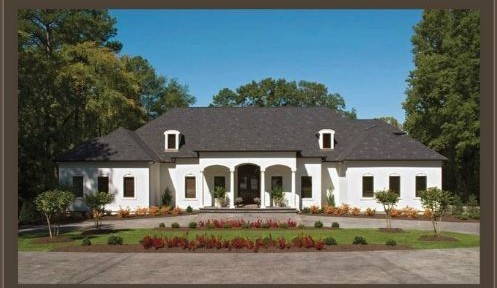Most homes have them some do not. You may have a basement or be on an on-grade slab. To a certain extent this will pertain to basements that were built say 30+ years ago. Not so much now as there are very good waterproofing systems and methods that are required to be implemented when building new homes.
As a homeowner you need to inspect your crawl space at least once maybe twice a year. With a basement this is much easier in that you can walk around as opposed to crawling and possibly slithering in a crawl space, and basements usually have overhead lights which make this inspection easy. Crawl spaces should have lights installed there also to aid in this inspection over and above the required service light for mechanical equipment and such. Inspection may reveal a water intrusion from the exterior that is not readily visible because of plantings and mulch built up over the years through landscaping. Gutters can get clogged or broken. The yard can potentially slope back to the home instead of away. A hose can be left on to slowly drip drip drip without you knowing it. In the extreme this water can cause erosion of the footing under the foundation causing cracks and the foundation and interior wall surfaces. A small crack in the house may lead to a larger problem that could easily have been found early by just looking.
Less likely would be a pipe coming loose. Water pipes are usually pretty quick to find since you will hear water running or waste pipes too as there will be an odor associated with this disconnection. Slow drips or slight leaks are the ones to look for. Having the crawl space covered in a 20 mil or thicker poly will aid in this since puddles will form instead of being soaked up by the ground below. Kitty litter can be an affective way of cleaning up bulk waste (we had the kitchen sink pipe come loose after a clog was cleared by a drain snake and noticed an odor several days later after many a grind of the disposal sending leftovers to the waste facility) that may have escaped.
Other items may include running another phone line or outlet for Grandma’s newly acquired tiffany lamp and having a well lit crawl may keep your cost down because it makes the job easier.
Don’t forget the crawl space it is part of your home just like the exterior that everybody gets to see.
Thanks for reading and please visit my website



 Bill Barnes has an enthusiasm for automobiles.The purr of an engine puts a smile on his face, not unlike the smile he gets when he walks into his remarkable kitchen. In fact, many components of his kitchen share similarities with luxury automobiles.
Bill Barnes has an enthusiasm for automobiles.The purr of an engine puts a smile on his face, not unlike the smile he gets when he walks into his remarkable kitchen. In fact, many components of his kitchen share similarities with luxury automobiles.